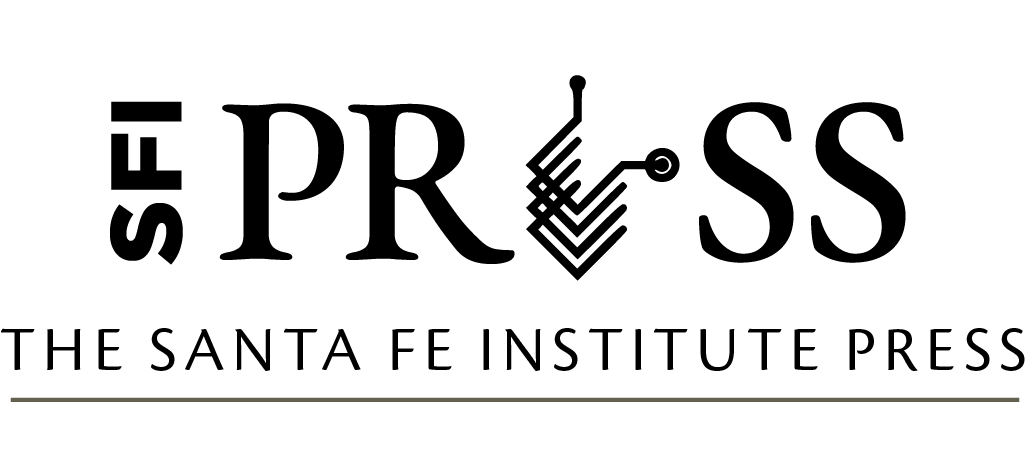Complexity Economics pp. 84-101
DOI:
Chapter 5: Formal Markets and Informal Networks
Introduction & Talk by Matthew O. Jackson
Excerpt
One of the many prescient questions that Ken Arrow asked was, “Does the market (or, for that matter, the large, efficient, bureaucratic state) destroy social links that have positive implications for efficiency?” Robert Putnam’s popular book Bowling Alone suggested that the answer is “Yes.” Still, we have little empirical evidence that bears directly on this question, and we lack in theory about relevant interacting complex systems.
To anyone who studies social and economic networks, it is clear that social structures are fundamental to understanding what people believe and how they behave. Thus, it is not surprising that networks have played prominent and recurring roles in SFI’s long history of studying complex systems. Yet, we generally study one “system” at a time.
The studies that I discuss in this presentation concern the interaction of two systems in India that I have been researching for fifteen years, as part of a team from MIT and Stanford. It began in a conversation that I had with Abhijit Banerjee in 2005 about how social structures impact economic systems. I was lamenting the fact that we had lots of studies of social networks, and lots of studies of markets, but very little empirical evidence of the impact of networks on economic outcomes. He remarked that Esther Duflo was in touch with a bank in Karnataka that was offering microfinance, and trying to figure out how best to spread information among a population. From that conversation emerged a project in which we found that understanding people’s positions in the village social networks was essential in predicting eventual participation in the microfinance loan program. Together with Arun Chandrasekar (originally a research assistant on the project) this first part of the project took some time to complete and was eventually published as a four-author article in 2013.
It is important to emphasize that social structures and economic systems influence each other in ways that have major impacts on the functionality of both. This is where we come to Ken Arrow’s question above. The presence of formal loans in these rural areas turns out to change the social structure. It was serendipitous that we got to measure this. The original study was planned over seventy-five different villages that the bank was entering. However, the financial crisis halted their lending after they had entered some, but not all, of the villages. By revisiting all of the villages, and re-measuring the social networks, we could see how the presence of microfinance had changed the social structures. We found the magnitude and extent of the changes to be surprisingly large. Seeing how networks changed in response to the availability of microfinance led us to develop a new model of network formation that accounts for how incentives, to form and maintain social relationships, depend on the access of some people to formal credit markets. Details are discussed in the presentation, as well as an associated paper.
